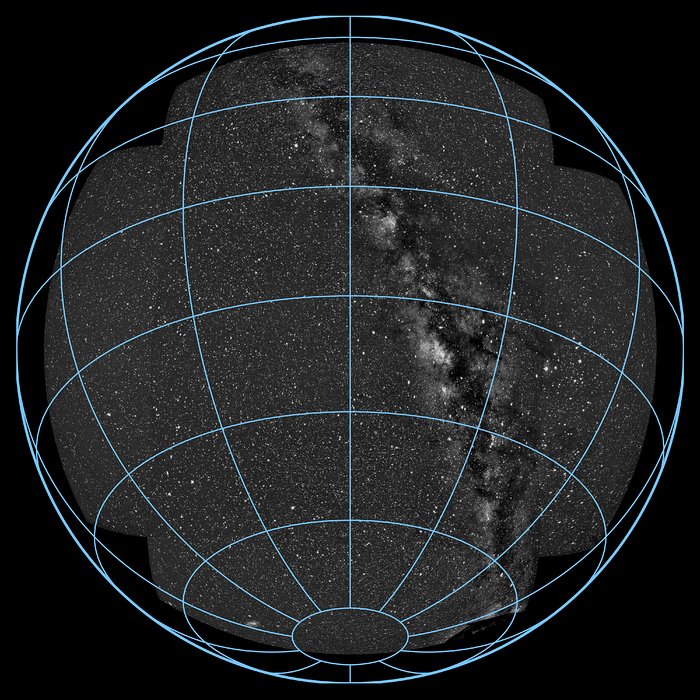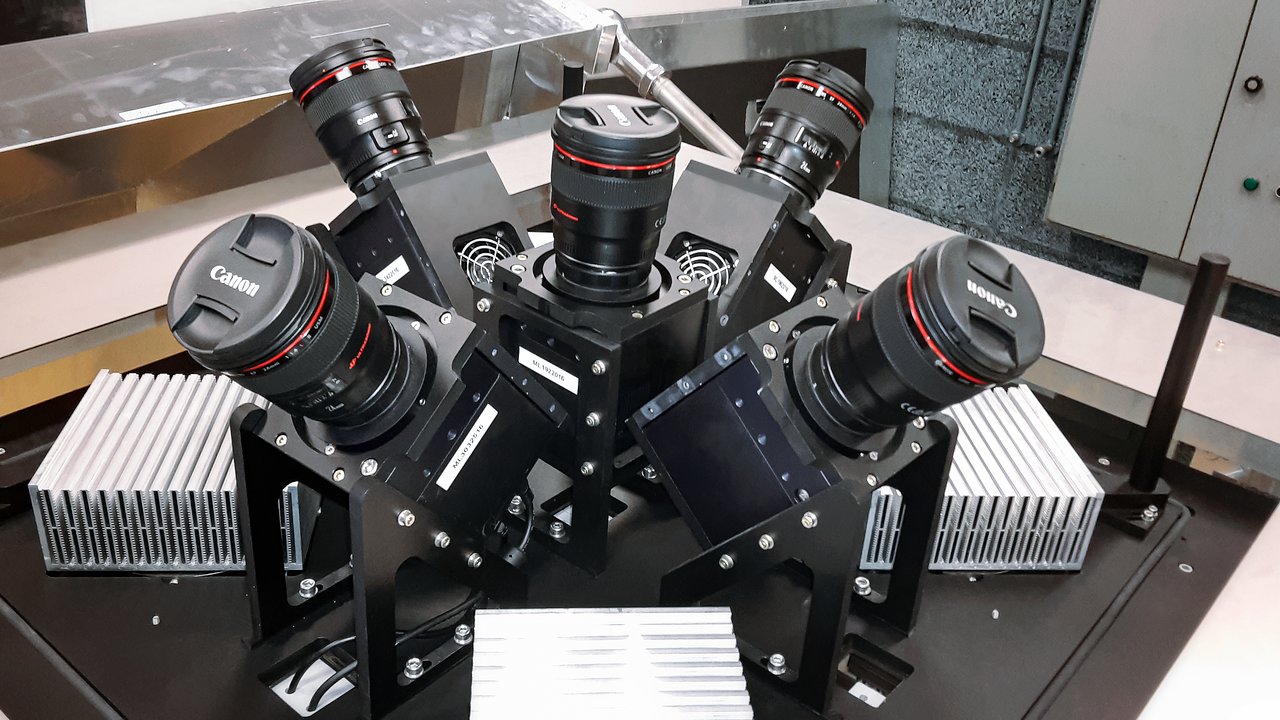New Exoplanet-Hunting Instrument Provides Wider View of the Night Sky
An innovative planet-hunting instrument, the second Multi-site All-Sky Camera (MASCARA), has made its first successful test observations over Earth's Southern Hemisphere.
This latest addition to the European Southern Observatory's (ESO) network of exoplanet-discovery machinery will allow scientists to make a complete scan of the night sky and create a catalog for future observations of alien worlds' characteristics, according to a statement from the ESO.
The newest MASCARA instrument is stationed at ESO's La Silla Observatory in Chile. Now that it's operational, the instrument — which was developed by ESO researchers at Leiden University, in the Netherlands — can collaborate with its predecessor, the MASCARA at Roque de los Muchachos Observatory, located on the Canary Island of La Palma, off the north African coast, ESO officials said in the statement.

The exoplanet-hunting method that MASCARA uses is called transit photometry. Using this method, MASCARA's five digital cameras can directly determine a planet's size and orbit as it passes by its host star. In certain cases, ESO's Very Large Telescope (VLT), also in Chile, can follow up to determine the characteristics of a planet's atmosphere, the researchers said.
MASCARA's cameras take repeated calculations of the brightness of stars all across the evening sky, and if its software detects that the light dimmed and then brightened, scientists can deduce that a planet may exist and might have passed in front of the star.
MASCARA will have its deep gaze set on finding star systems with planets known as "hot Jupiters." These gas worlds are about the same size as Jupiter, but unlike that planet, they orbit quite close to their parent stars and have high surface temperatures. That type of planet is often discovered by another method, called radial velocity, but finding them based on transits gives more details about the planets, the researchers said. They added that ESO's new technology may also be capable of discovering exoplanets closer to Earth's size.

Now that this type of instrument is in both the North and Southern hemispheres, researchers can obtain data from just about all points in the visible cosmos, the researchers added.
Get the Space.com Newsletter
Breaking space news, the latest updates on rocket launches, skywatching events and more!
"Stations are needed in both the Northern and Southern hemisphere to obtain all-sky coverage," Ignas Snellen, a researcher at Leiden University and the MASCARA project lead, said in the statement. "With the second station at La Silla now in place, we can monitor almost all the brighter stars over the entire sky."
Follow Doris Elin Salazar on Twitter @salazar_elin. Follow us @Spacedotcom, Facebook and Google+. Original article on Space.com.
Join our Space Forums to keep talking space on the latest missions, night sky and more! And if you have a news tip, correction or comment, let us know at: community@space.com.

Doris is a science journalist and Space.com contributor. She received a B.A. in Sociology and Communications at Fordham University in New York City. Her first work was published in collaboration with London Mining Network, where her love of science writing was born. Her passion for astronomy started as a kid when she helped her sister build a model solar system in the Bronx. She got her first shot at astronomy writing as a Space.com editorial intern and continues to write about all things cosmic for the website. Doris has also written about microscopic plant life for Scientific American’s website and about whale calls for their print magazine. She has also written about ancient humans for Inverse, with stories ranging from how to recreate Pompeii’s cuisine to how to map the Polynesian expansion through genomics. She currently shares her home with two rabbits. Follow her on twitter at @salazar_elin.









